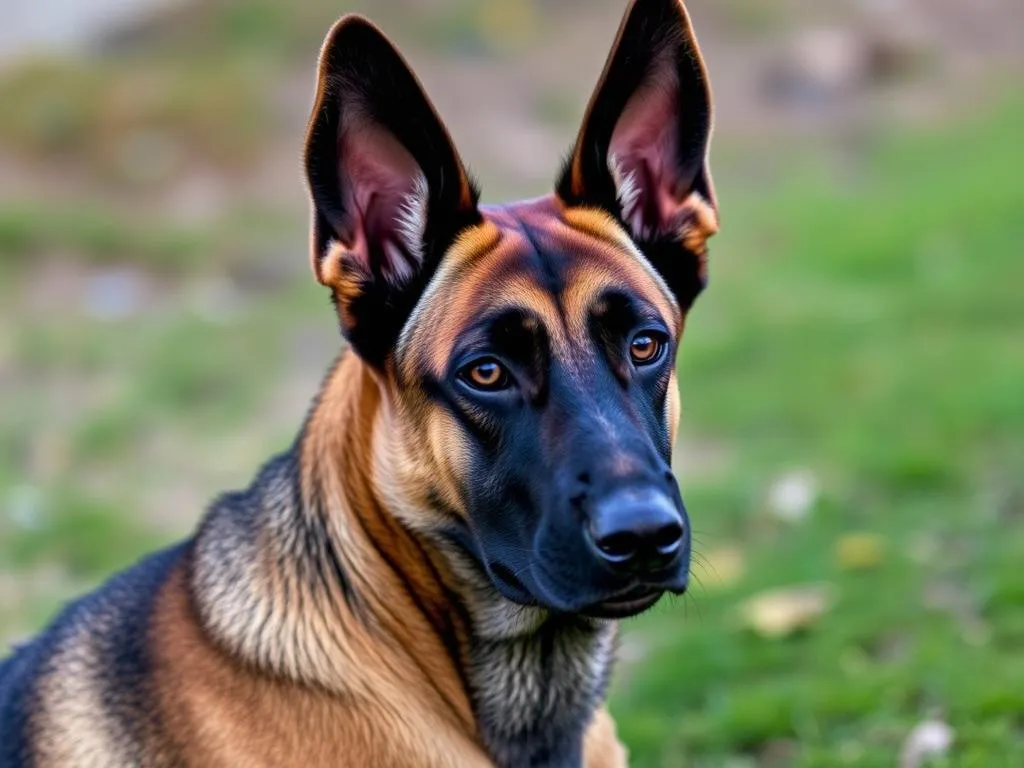
Introduction
The Belgian Malinois is a captivating breed known for its intelligence, agility, and unwavering loyalty. As a member of the Belgian Shepherd family, it shares similarities with its counterparts but stands out with unique characteristics that make it a popular choice for various working roles. Understanding the breed’s traits is essential for anyone considering bringing a Belgian Malinois into their home. Whether you are interested in adopting one or merely wish to learn more, this article will provide a wealth of Belgian Malinois facts that delve into their history, characteristics, care, and more.
History of the Belgian Malinois
Origin and Development
The Belgian Malinois originated in Belgium in the late 19th century, specifically in the city of Malines, which is where the breed gets its name. Initially bred for herding sheep, they were recognized for their intelligence and versatility. The breed quickly gained popularity among farmers and ranchers, who valued their keen ability to work alongside humans.
Recognition and Popularity
The Belgian Malinois was officially recognized by the American Kennel Club (AKC) in 1959. Since then, it has become increasingly popular, especially in roles requiring high levels of intelligence and physical capability. Today, the breed is widely used in law enforcement, search and rescue, and military operations, showcasing their adaptability and prowess in various environments.
Physical Characteristics
Appearance
The Belgian Malinois is a medium-sized dog, typically weighing between 40 to 80 pounds, with a height range of 22 to 26 inches at the shoulder. Their athletic build contributes to their agility and speed, making them formidable working dogs.
- Coat Color and Texture: They have a short, dense double coat that is primarily fawn or mahogany, with a black mask and ears. Some may have a slight variation in color, but the distinctive mask is a hallmark of the breed.
Distinctive Features
The Belgian Malinois has a well-proportioned body, with a straight back and a long, tapering tail that is often docked in certain countries. Their ears are triangular and stand erect, contributing to their alert appearance. The breed’s expressive eyes are almond-shaped, exuding intelligence and keen observation.
Temperament and Behavior
General Temperament
The Belgian Malinois is known for its high-energy and playful nature. They are highly intelligent, which makes them eager to learn and excel in training. Their loyalty and protective instincts make them excellent companions for families and individuals alike, although they thrive best in active homes where they can receive plenty of attention and exercise.
Behavioral Traits
One of the most notable Belgian Malinois facts is their exceptional intelligence. This breed is highly trainable and often excels in obedience training. However, they require consistent and firm guidance due to their strong-willed nature. Socialization is also crucial; early exposure to different environments, people, and pets will help them develop into well-rounded adults.
Care and Maintenance
Dietary Needs
A balanced diet is essential for maintaining the Belgian Malinois‘s health and energy levels. High-quality dog food, rich in protein and essential nutrients, is recommended. It’s also important to monitor for common dietary issues, such as allergies to specific ingredients. Consulting with a veterinarian can help establish the best dietary plan for your dog.
Exercise Requirements
As an active breed, the Belgian Malinois requires significant physical activity daily. They thrive on regular exercise routines that include running, agility training, and interactive play. Aim for at least 60 to 90 minutes of exercise each day to keep them mentally and physically stimulated.
Grooming and Health Care
Despite their short coat, the Belgian Malinois requires regular grooming to reduce shedding and maintain coat health. Brushing once a week is typically sufficient, with additional brushing during shedding seasons. Common health issues in the breed include hip dysplasia and certain skin conditions, making routine veterinary check-ups essential for preventive care.
Training and Socialization
Basic Training Techniques
Positive reinforcement is the most effective training method for the Belgian Malinois. This breed responds well to praise, treats, and playtime as rewards for good behavior. Begin training early, focusing on basic commands and gradually introducing more complex tasks as they master the fundamentals.
Socialization Tips
Socialization should start as early as possible. Expose your Belgian Malinois to various people, pets, and environments to help them develop confidence and reduce potential behavioral issues. Interaction with children and other animals should be supervised to ensure safe and positive experiences.
Belgian Malinois in Work and Service Roles
Working Dog Roles
The Belgian Malinois is widely recognized for its capabilities in various working roles. They are often employed in police and military settings, where their keen sense of smell and agility make them exceptional detection and apprehension dogs. Additionally, they excel in search-and-rescue operations and as service animals for individuals with disabilities.
Training for Service Work
Training for these roles involves specialized protocols tailored to the demands of each job. Belgian Malinois undergo rigorous training programs that focus on obedience, scent detection, and tactical skills. Their success stories in these fields are numerous, showcasing their ability to save lives and assist in critical situations.
Common Misconceptions
Myths About the Breed
There are several misconceptions surrounding the Belgian Malinois. One common myth is that they are overly aggressive or unsuitable for families. In reality, with proper training and socialization, they can be gentle and loving companions. Another misconception is that they can thrive in low-exercise environments, which is far from the truth; they require significant physical and mental stimulation.
Reality Check
The Belgian Malinois is a breed that thrives on companionship, activity, and engagement. They are not simply “guard dogs” but rather versatile animals capable of forming strong bonds with their families. Understanding the breed’s needs and characteristics can help dispel these myths.
Choosing a Belgian Malinois
Considerations Before Adoption
Before bringing a Belgian Malinois into your home, consider your lifestyle and activity level. This breed is best suited for active individuals or families who can dedicate time to exercise and training. Assessing compatibility is crucial for ensuring a successful and harmonious relationship.
Finding a Reputable Breeder or Rescue
When looking for a Belgian Malinois, it’s essential to find a responsible breeder or rescue organization. Seek out breeders who prioritize health testing and screening for common genetic issues. If adopting, look for rescues that provide background information on the dog’s temperament and history.
Conclusion
In summary, the Belgian Malinois is an intelligent, versatile, and loyal breed that requires an active lifestyle and dedicated training. Understanding the essential Belgian Malinois facts, from their history and physical characteristics to their care requirements and working capabilities, is vital for anyone considering this breed. Whether you are a potential owner or simply an admirer, further research and engagement with the breed can lead to a deeper appreciation of these remarkable dogs.
Feel free to share your experiences or questions about Belgian Malinois in the comments below!









